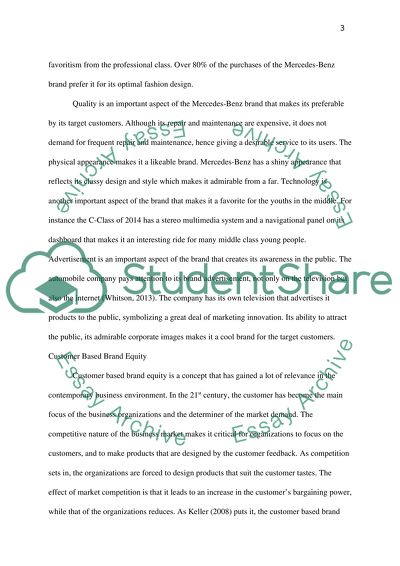Cite this document
(“Brand management Essay Example | Topics and Well Written Essays - 2750 words”, n.d.)
Brand management Essay Example | Topics and Well Written Essays - 2750 words. Retrieved from https://studentshare.org/marketing/1647595-brand-management
Brand management Essay Example | Topics and Well Written Essays - 2750 words. Retrieved from https://studentshare.org/marketing/1647595-brand-management
(Brand Management Essay Example | Topics and Well Written Essays - 2750 Words)
Brand Management Essay Example | Topics and Well Written Essays - 2750 Words. https://studentshare.org/marketing/1647595-brand-management.
Brand Management Essay Example | Topics and Well Written Essays - 2750 Words. https://studentshare.org/marketing/1647595-brand-management.
“Brand Management Essay Example | Topics and Well Written Essays - 2750 Words”, n.d. https://studentshare.org/marketing/1647595-brand-management.


